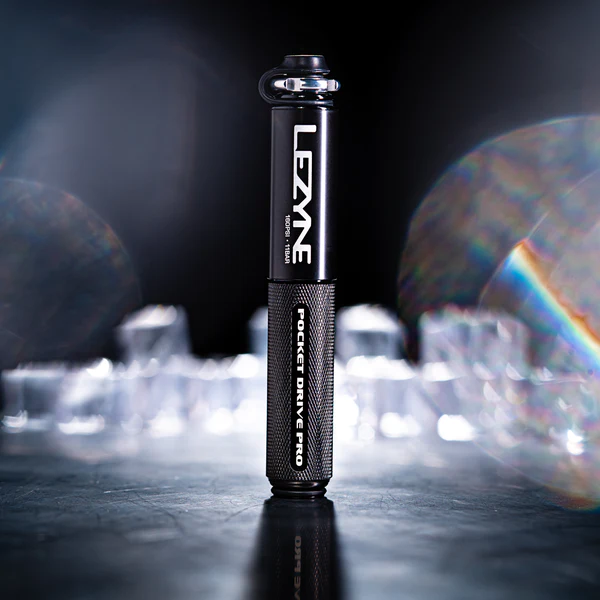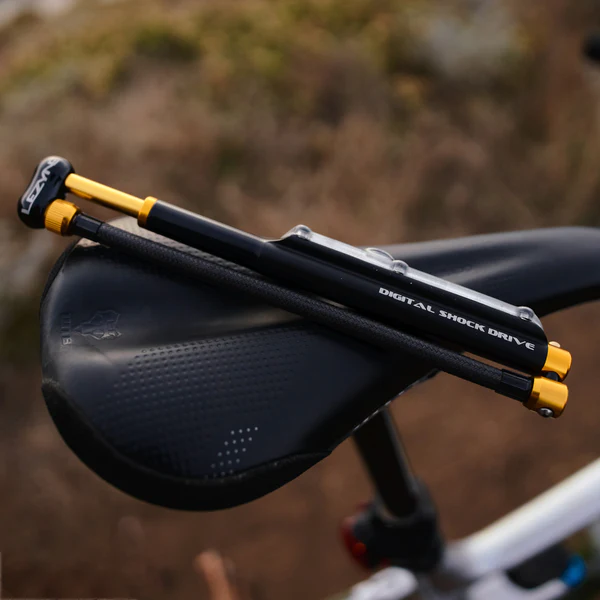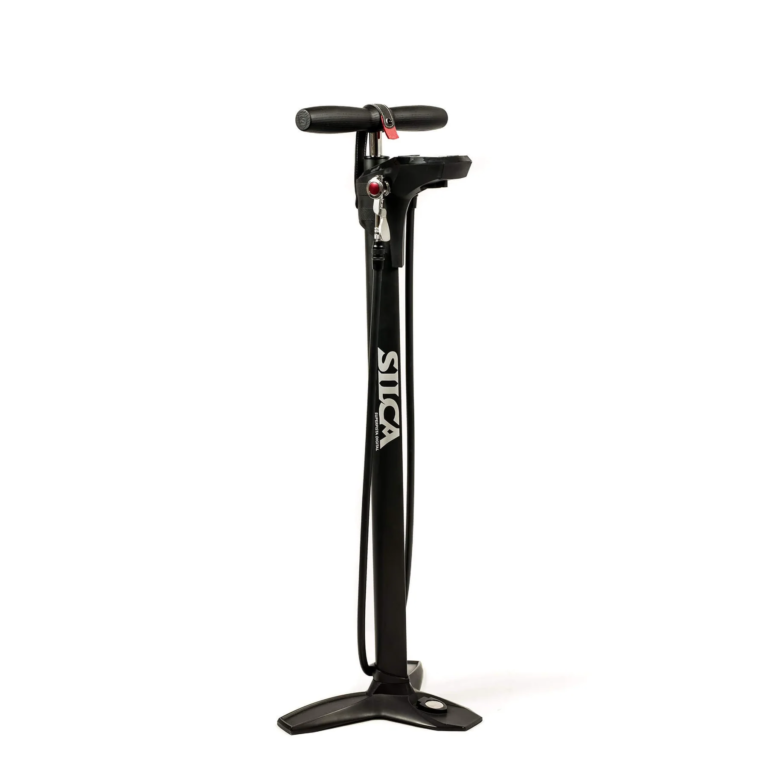Navigating The Trails: Selecting a Bike Pump for Mountain Biking
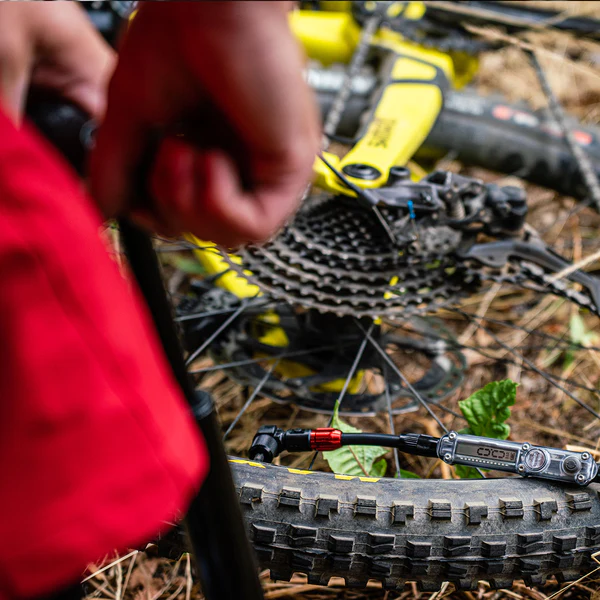
Key Point Summary of Selecting a Bike Pump for Mountain Biking:
- Volume vs. Pressure: Understand the difference and what’s important for mountain biking.
- Types of Pumps: Floor pumps for home use, mini pumps for the trail, and CO2 inflators for emergencies.
- Suitable Options: Features to look for in a pump for mountain biking.
- Durability and Reliability: The importance of choosing a pump that withstands the trail’s demands.
Embarking on a mountain biking adventure without the right gear is like setting sail without a compass. Among the essentials, a reliable bike pump stands out as a crucial tool, ensuring your tires are always ready to face the rugged trails ahead. Drawing from years of experience across various cycling disciplines, I’ve learned the significance of choosing the right bike pump for mountain biking. This guide aims to help beginner and mid-level cyclists make an informed decision, highlighting the balance between volume and pressure, along with suitable options for the trail.
Volume vs. Pressure: The Balancing Act
In the realm of mountain biking, the focus shifts more towards volume than pressure. Unlike road tires that require high pressure for efficiency, mountain bike tires thrive on lower pressures but demand high volumes to quickly fill the larger volume of the tire. A pump that can deliver a significant amount of air per stroke makes setting up your tires easier and faster, especially when you’re adjusting tire pressure to match trail conditions.

Types of Pumps: Preparing for Every Scenario
Floor Pumps: A good floor pump is indispensable for any cyclist, providing the ease and efficiency to inflate tires quickly before a ride. For mountain bikers, a floor pump with a large barrel designed for high volume is ideal. Ensuring it has a reliable gauge to accurately read lower pressures is also crucial for fine-tuning tire performance according to the terrain.
Mini Pumps: When on the trails, a mini pump becomes your lifeline in case of a flat tire. Given the emphasis on volume for mountain biking tires, choose a mini pump designed for MTB, capable of inflating tires with less effort. While it might not achieve the exact pressure precision of a floor pump, its portability and effectiveness in getting you back on the trail are invaluable.
CO2 Inflators: For those looking for a quick fix to get riding again, CO2 inflators are an excellent emergency tool. They’re small, lightweight, and can inflate a tire within seconds. However, their one-time use nature and the skill required to use them effectively mean they should complement, rather than replace, a mini pump in your repair kit.
Suitable Options: Features to Look For
When selecting a bike pump for mountain biking, consider the following features for the best experience:
- High Volume Design: Essential for efficiently inflating mountain bike tires.
- Accurate Pressure Gauge: For fine-tuning tire pressure to match trail conditions.
- Durability: The pump should withstand the rigors of mountain biking and potential exposure to the elements.
- Compatibility: Ensure the pump fits the valve type of your tires (Presta or Schrader).
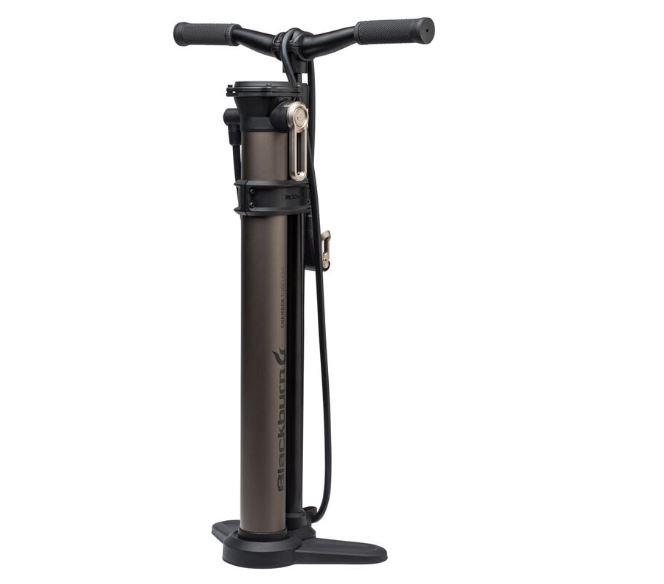
Durability and Reliability: Trusty Trail Companions
The durability and reliability of your bike pump can significantly impact your mountain biking adventures. A durable pump made from quality materials can resist damage from falls or being jostled in a backpack. Reliability means consistent performance, ensuring that when you need to adjust tire pressure mid-ride or fix a flat, your pump won’t let you down.
Selecting a Bike Pump for Mountain Biking: Closing Thoughts
Selecting the right bike pump for mountain biking goes beyond mere convenience; it’s about ensuring your tires are always in prime condition to tackle the trails ahead. Whether you’re gearing up for a leisurely ride through the woods or preparing for a challenging mountain biking event, the right pump can mean the difference between a smooth ride and a trailside hassle.
As you venture into the world of mountain biking, remember that your equipment is your ally. A pump that offers the right balance of volume and pressure, durability for the rugged outdoors, and the reliability to perform when needed most is an indispensable part of that alliance. With the right tools in hand, the trails are yours to conquer.
A pump that consistently receives positive feedback from a wide range of cyclists for meeting these criteria is the Topeak JoeBlow Mountain Floor Pump. This pump is designed specifically with mountain biking in mind, featuring a large barrel for high volume, which is essential for quickly inflating wide MTB tires. It includes a very accurate gauge that allows riders to fine-tune tire pressures for optimal performance on varying terrains.
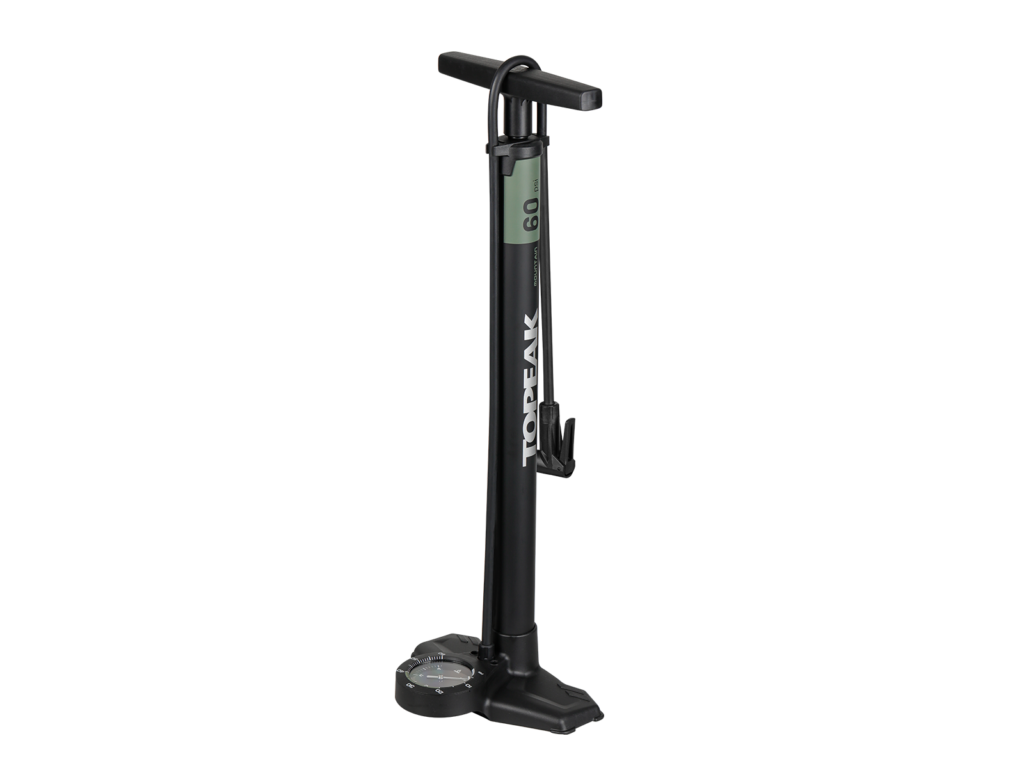
The JoeBlow Mountain is durable, reliable, and includes adapters to fit both Presta and Schrader valves, making it versatile for different bike setups. Its ease of use and efficiency make it suitable for cyclists of all skill levels, from beginners just getting into the sport to professionals looking for a reliable pump for their training and pre-race setups.
FAQ
What pump do I need for a mountain bike?
For a mountain bike, you need a high-volume pump, as MTB tires require more air volume. A floor pump with a gauge for home use and a mini pump or CO2 inflator for trailside emergencies are ideal.
Do mountain bikes need a special pump?
Yes, mountain bikes benefit from a special pump designed to deliver a higher volume of air with each stroke, which is essential for efficiently inflating the larger tires used in mountain biking.
How many PSI should I pump my bike?
Mountain bike tire pressure typically ranges between 25 to 35 PSI, but the exact number can vary based on rider weight, tire size, and trail conditions. It’s important to experiment within this range to find what works best for your riding style and the terrain you’re tackling.
Happy trails
John
